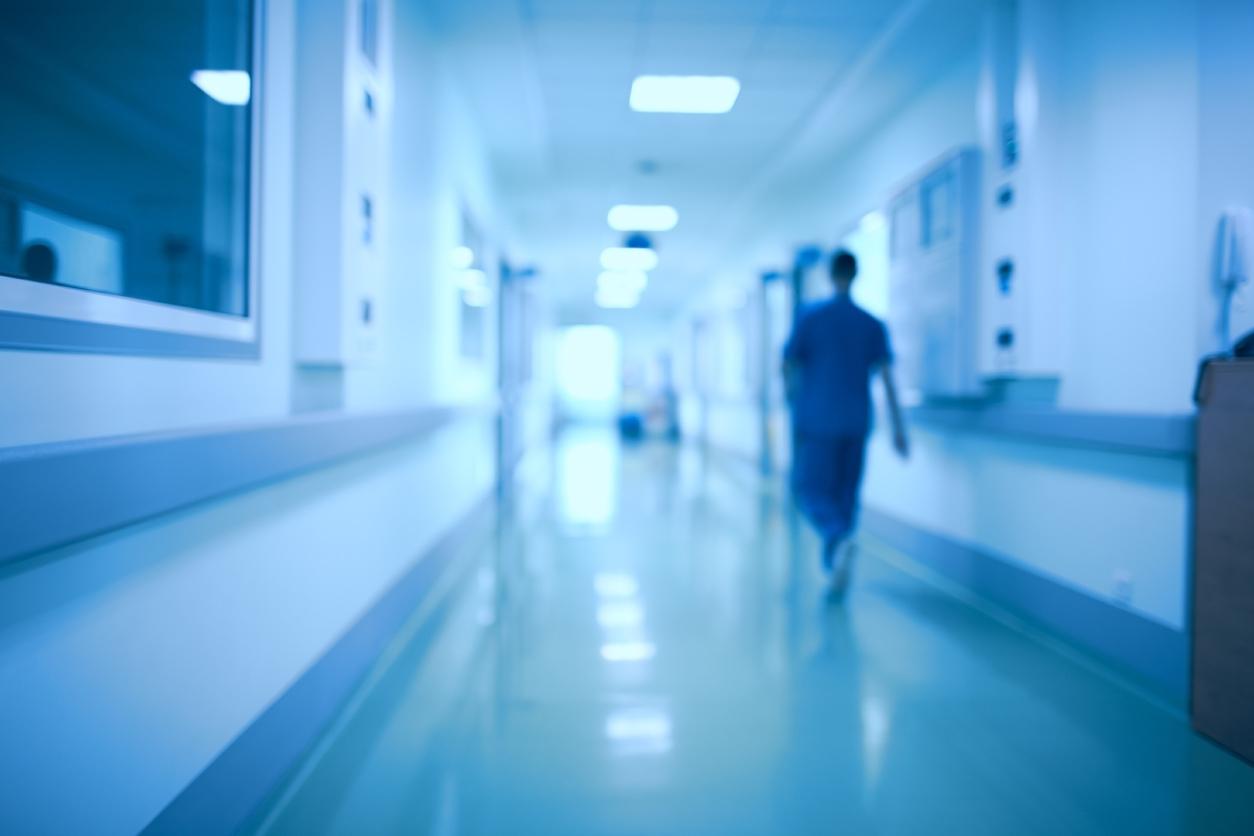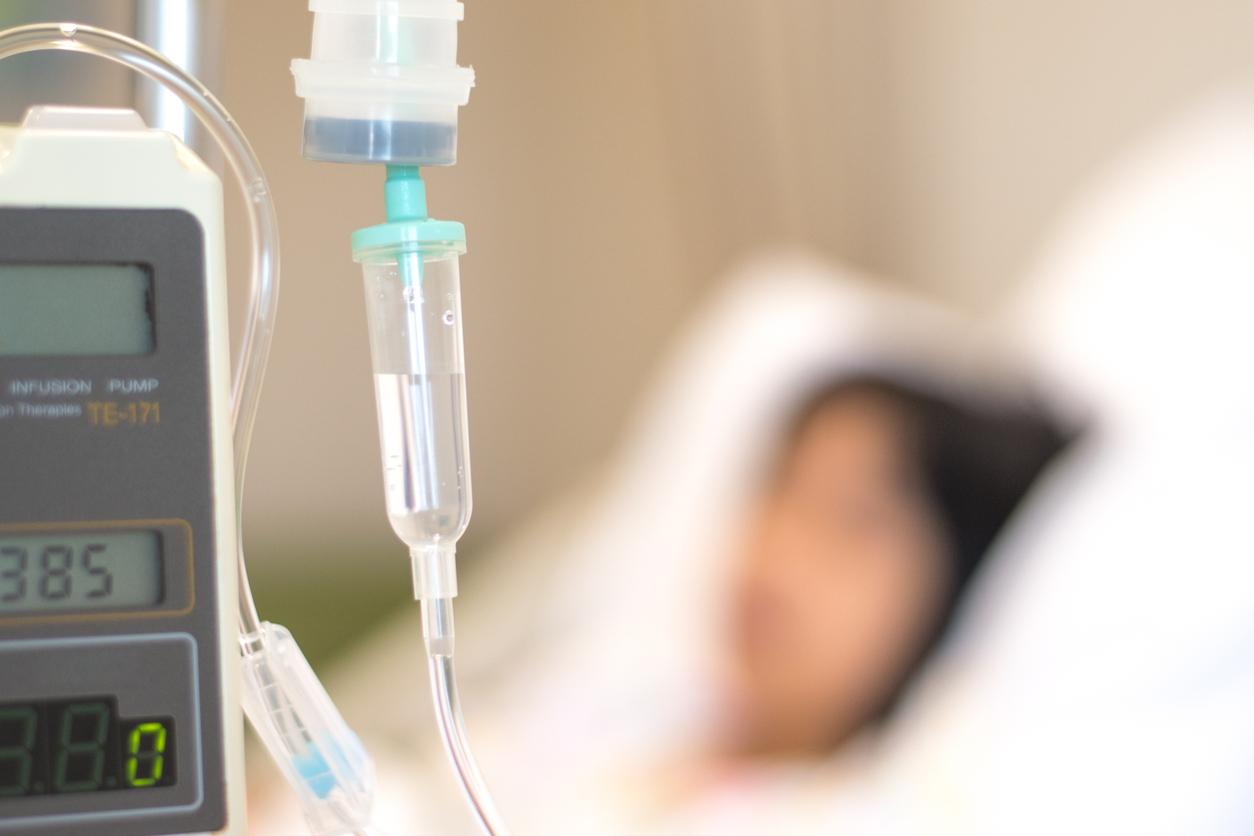The Order of Physicians has just published the figures for acts of violence against doctors: in 2011, they would be declining!
Figures down very slightly compared to 2010, but still too high a level. So the trend is at best, but it should be noted that the number of incident reports is much higher than the average for all national attacks, with all the same a deficit of filing complaints which is increasing. Because doctors are afraid to file a complaint, afraid of the repression of patients. Some of their colleagues have suffered reprisals from violent families who are very difficult to live with for years.
What are the doctors victims of, what acts?
In 1er place, verbal assaults. They constitute 70% of declarations. And these assaults are a crime under the law. Then come the thefts, but they are decreasing, as are the physical assaults.
What are the specialties most attacked?
The most affected by insecurity are general practitioners: they represent 60% of attacked doctors. Among specialists, ophthalmologists are in the lead followed, and this is new, by obstetrician-gynecologists. They were in 5th postion in 2010! Psychiatrists, occupational physicians and dermatologists arrive next.
Why this violence? On understands thate the psychiatrist, the occupational doctor and as we have just seen, the general practitioner, be more exposed, but the ophthalmologist or the dermatologist?
Most often, the patient becomes violent because he has the feeling of being poorly taken care of and he disputes the medical prescription. Why no more ophthalmologists or dermatologists? First of all because there is a long time to get an appointment with them, then once obtained, if the wait is prolonged, the frustration is extreme and becomes a source of violence.
The city remains more dangerous than the countryside: is it still true?
Yes, for the past 4 years, it is mainly in the city that the attacks have taken place. At the departmental level, Seine-Saint-Denis retains the first place in the number of attacks and it has real areas of non-right to care, where doctors no longer want to travel. Follows the department of Hautes-Pyrénées. Insecurity with serious consequences for the installation of doctors in sensitive areas.
Reference:
Observatory for Physician Safety
.

















